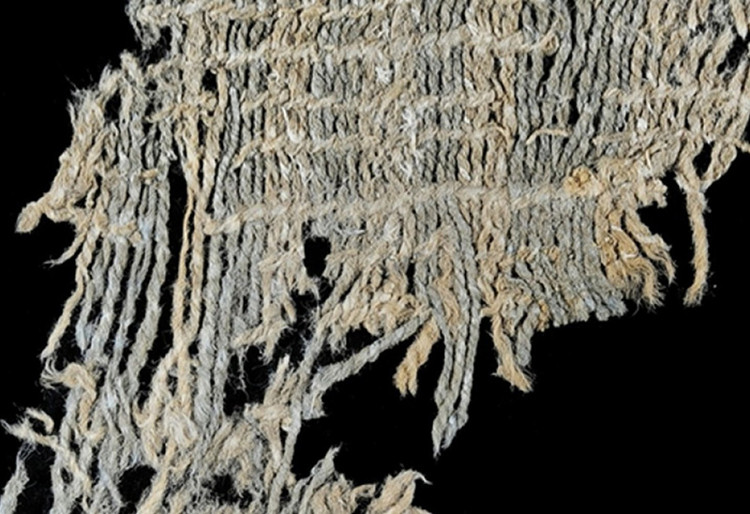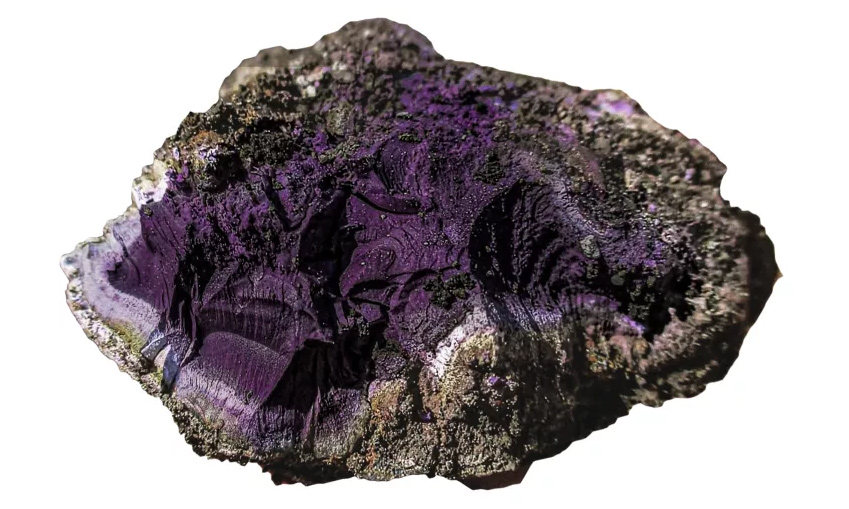George Washington University recently discovered cloth using indigo dye dating back 6,200 years when excavating the ancient ceremonial mound Huaca Prieta in northern Peru in 2007.
This is a temple – where people bring textile and garment products to worship as part of the ritual.

A 6,000-year-old piece of dyed cloth was discovered in Peru. (Photo: Newsreportcenter).
This fabric does not initially show color. After gently washing and using high-performance liquid chromatography, researchers discovered that this was the oldest dyed fabric. Five out of eight samples tested had traces of indigo dye. The rest may also be indigo fabric but faded.
“On this fabric dating back more than 6,000 years there is a blue pigment, which we identified as indigoid dye (indigotin). This is the oldest dyed fabric in the world” – said researchers. Previously, the oldest indigo-dyed fabric was only nearly 2,000 years old in Egypt.

Scientists determined that indigoid dyes can be found in the indigo plant (Indigofera). Ancient Peruvians were able to create dyes from this plant. Meanwhile, ancient Egyptians extracted dye from sea snails.
Mr. Jeffrey Splitstoser – part of the research team – said that while many other dyes from flowers and plants are simply produced by boiling and then extracting the color, creating dye from the indigo plant is quite complicated: Up yeast, aerate the mixture until a solid compound forms at the bottom and then dry and store. Then, using an alkaline substance such as urine, dilute the compound, creating a white indigo solution. The dipped fabric will turn yellow, green and finally blue.





